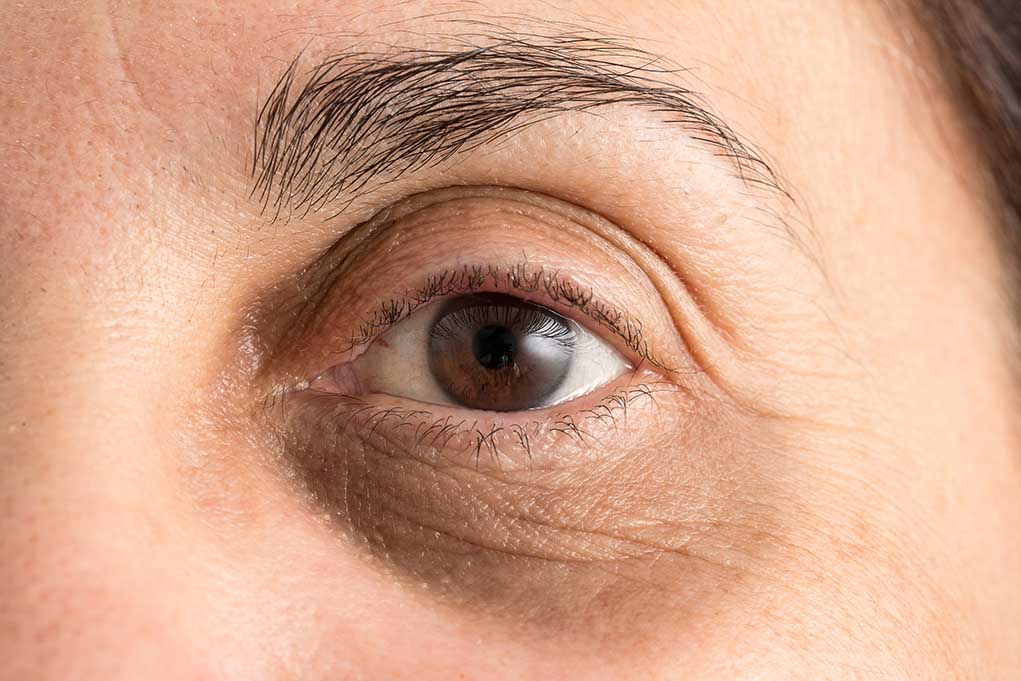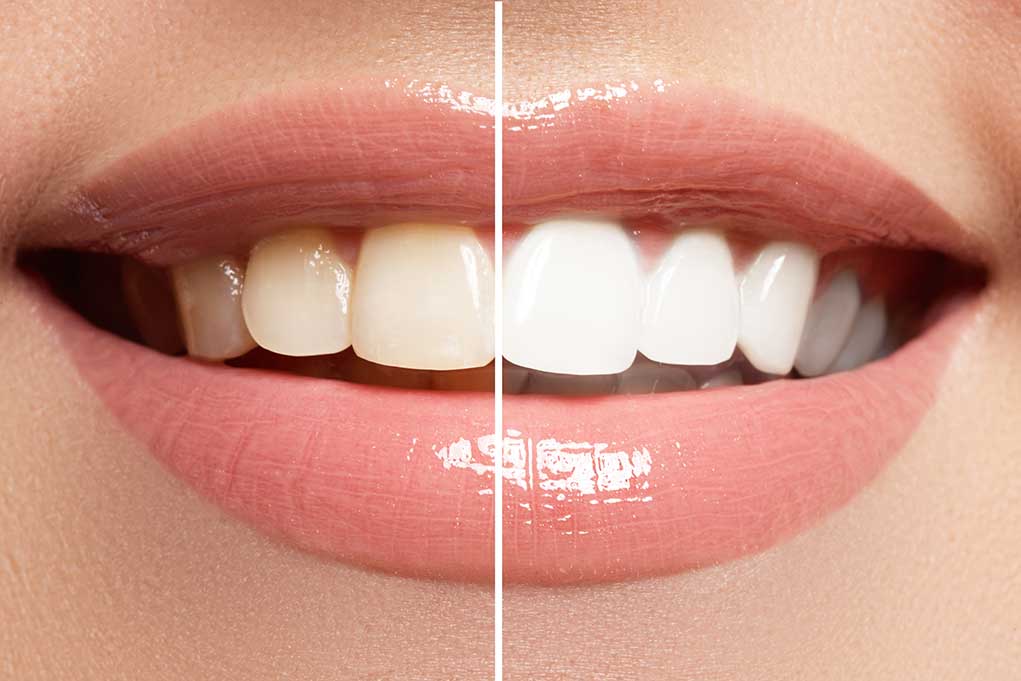
(Healthy Access)- The body-positive movement advocates for loving our bodies. However, for people who struggle with self-esteem and body image issues, the body-positive movement may not feel inclusive. Instead, positivity might seem like an impossible goal to set when body associations are largely negative.
Someone with strong hatred for their appearance is less likely to embrace body positivity, and the “fake it ‘til you make it” mentality just doesn’t work when it comes to learning to love ourselves. It isn’t realistic, and may even cause harm.
Body neutrality may offer a middle ground.
Instead of advocating full love of our bodies, body neutrality aims at accepting our bodies as they are at the present moment. Instead of being an appearance-driven mindset, neutrality offers a more balanced look at how we treat our physical selves. The goal isn’t to love our bodies when they meet our standards. The goal is to accept our bodies, full stop.
Body neutrality is more inclusive than body positivity.
Body neutrality encompasses acceptance of all body types rather than promoting a self-improvement mindset necessary for self-acceptance. While improving ourselves is admirable, basing our acceptance on that improvement is not, which is often seen as a flaw in the body-positive movement.
The body neutral movement further includes fat bodies, disabled bodies, and bodies of all colors and sizes rather than emphasizing a particular body type. It shifts the conversation away from an ideal and toward accepting the vast diversity in human bodies.
To practice body neutrality, we can do the following:
- We can wear clothes that feel comfortable to us.
- We can exercise because it makes our bodies feel good and not to attain a particular weight or look. The focus isn’t on calorie burning or “earning” what we eat, but on taking good care of our bodies.
- We can eat when we feel hungry and eat what makes our bodies feel good. Intuitive eating takes precedence over micromanaging our diets in order to get a particular result.
- Stop negative body talk and redirect it when it comes up in conversations with others.
- Pay attention to what our bodies tell us. Pain and discomfort can indicate a need for rest, not exercise. Giving our bodies what we need is a self-loving act that promotes accepting our bodies as they are.
Instead of pretending to love ourselves, body neutrality asks that we begin to accept ourselves instead. With this framework for acceptance, we begin to take better care of ourselves without the need to measure up to an outside standard.
~Here’s to a Happier, Healthier Life!
Copyright 2021, HealthyAccess.com






